Oolong tea is an offshoot of the Camellia Sinensis plant. Oolong leaves are withered in the sun to cause the trademark curling and twisting and achieve oxidation levels between 8 and 85%.
With flavors ranging from honey and fruity to nutty and woody, roasted oolongs have aromas and textures to excite even the most stringent tea fans. Oolong tea’s caffeine presence is another thing people are asking about, making it tasteful and beneficial.
Contents
The Nutritional Value of Oolong Tea
One hundred grams of oolong tea contains 99.4 grams of water, 0.02 g of ash, one calorie, and 0.15g of carbohydrates. Still, the same servings will offer 0.06 mg of niacin, 0.21mg of manganese, 1 mg of magnesium, 12 mg of potassium, 3 mg of sodium, 0.15g of carbohydrates, 12mg of potassium, 0.01mg of zinc, and 1 mg of calcium.
Here is a breakdown from the Department of Nutritional Services of the contents you will find in a single cup of oolong tea made of loose leaves:
So, oolong doesn’t just taste good. It is full of antioxidants, too. When combined with catechin and caffeine it helps combat free radicals, the unstable atoms that can cause damage to human cells. In fact, oolong tea is becoming quite a reputation due to its numerous healing properties.
Oolong Tea and Caffeine
Caffeine is in the same class as the xanthine family. It is soluble in water, odorless, and has a bitter taste. Caffeine naturally occurs in tea, coffee, kola nuts, cocoa, and a large number of plants. In regulated quantities, caffeine is beneficial to the body. It improves alertness, contributes to the increase of dopamine levels in the blood, improves mood, and stimulates metabolism.
How Much Caffeine is in Brewed Oolong Tea?
Two variables influence the amount of caffeine in brewed oolong tea. One is the type of leaf; the other variable is the method used to prepare the tea.
Depending on the brewing and the variety of the oolong, a 200 mg cup of oolong tea can contain 12-55 mg of caffeine. Compared to black tea, which contains 23-110 mg, it’s much lower. Green tea contains 8-36 mg of caffeine per cup, while white tea contains 6-25 mg.
On average, 3% of caffeine is contained in tea leaves, although this level can range from 1.4% to 4.5%. Factors that determine caffeine content in dry leaves include soil chemistry, leaf position on the tea bush, cultivation practices, and altitude.
For instance, the first leaf and the young bud have more caffeine content than leaves picked lower down the bush. Leaves from Camellia sinensis (the small leaf) tend to contain low levels of caffeine compared to the Camellia assamica leaves, which have measurably more.
Oxidation levels do not at all impact caffeine levels. Consequently, oolong, green, white, and black teas all contain caffeine.
Health Benefits of Oolong Tea’s Caffeine
Oolong tea caffeine level can enhance mental health, improve blood pressure and overall alertness, and sharpen thinking skills. In fact, continuous consumption of oolong tea helps to lower the chances of ovarian cancer and reduces the risk of heart disease.
Oolong tea aids digestion cures headaches and cleanses the body of smoke and alcohol. It also helps maintain body weight by interfering with the absorption of fats and carbohydrates.
Taking oolong tea daily as part of a balanced diet is known to assist weight and promote better sleep. To read more about the benefits of oolong tea, click here.
Why Is There Caffeine in Oolong Tea
The Camellia sinensis tea plant is an evergreen shrub that can reach the height of a tree. They are generally pruned to bushes of a convenient picking height. The bark is slightly gray and rough with serrated leaves, which are dark green, elliptical, and well-formed on a short stalk. The light downy bud coverings are highly prized in quality teas.
The plant seeds are smooth, round, and similar in size to a small nut. The buds and the uppermost leaves usually produce the best fragrance and flavor.
Camellia Sinensis Origins
Tea first originated in Southeastern Asia. It grew in a broad swath up to modern-day China (Yunnan Province), Burma, Eastern Assam (India), and Laos. Cultivation of the Camellia Sinensis var plant first began 4,000 years ago in a province called Sichuan in China. Then, later spread widely across the country.
Camellia sinensis arrived in Japan in the 800s. In the mid-1800s, it reached the shores of Taiwan. Around 1830, a thriving tea industry had established itself in the British colonies of Assam. It had spread to the territories of Sri Lanka a few decades later.
The original Camellia sinensis(the var. assamica), which was discovered in Assam, is the second most prevalent type of tea plant. It has very large leaves and thrives well in the jungles of Yunnan and the low plains of India. Besides, the Sinensis variety has small leaves and is more suitable to higher elevations and tougher climates.
Camellia Sinensis and Oolong Tea
Today, most of the world’s tea is a result of these two genetic varieties. This includes all five types of tea: green tea, black tea, oolong tea, and Pu-erh tea.
Oolong tea is grown in large commercial quantities on many continents, except North America and Europe. However, Taiwan, Japan, Sri Lanka, and China remain the true leaders in the production of traditional loose leaf teas.
Chemically, tea leaves are known to contain naturally occurring plant compounds such as alkaloids (theobromine, caffeine, and theophylline) and polyphenols (tannins, catechins, flavonoids, the source of antioxidants.
The rare combination of amino acids, theanine, and caffeine found in tea yields produce a drink that is both invigorating and relaxing at the same time.
Oolong tea Caffeine vs. Green Tea vs. Black Tea vs. Coffee
Since both green tea and black tea originate from the same plant, it means that they too have some amount of caffeine. But how they compare with oolong, which has 12-55mg of caffeine per cup?
Green tea is less oxidized than Oolong, making the Oolong more concentrated and has a higher amount of caffeine. It contains 8-36 mg of caffeine per cup of tea, which is lower than the Oolong tea’s average value.
Black tea is heavily oxidized and has a more intensive production process. Considering factors like brewing and production, the average value of caffeine in black tea is around 23-110 mg. So, it’s fair to conclude that Oolong contains less amount of caffeine than black tea.
Oolong Tea Caffeine and Preparation
Steeping time, water temperature, and the amount of tea are all factors that can affect caffeine levels in brewed tea. Tea steeped for long periods in high water temperatures tends to release more caffeine than tea brewed for less time and cooler water. A small tea leaf releases more caffeine than a large leaf tea.
How to Lower the Caffeine Content in Your Cup
Up to 80% of caffeine is extracted within the first 30-seconds of steeping. It really makes sense, though. Steeping smaller amounts of tea in cooler water for a shorter time will lower the levels of caffeine in your tea.
White tea, green tea, and slightly oxidized oolong teas are ideal as they can develop full flavor and aroma from short steeping times and low water temperatures.
If you are concerned about your daily caffeine consumption, try this method for brewing a refreshing and delicious cup of oolong tea:
- Steep your tea for 45 seconds in hot water, then discard the liquid.
- Add the right amount of water to the leaves.
- Brew for the time that is appropriate for your particular type of tea.
- Do not exceed the recommended steeping time.
Have a nice cup of tea!

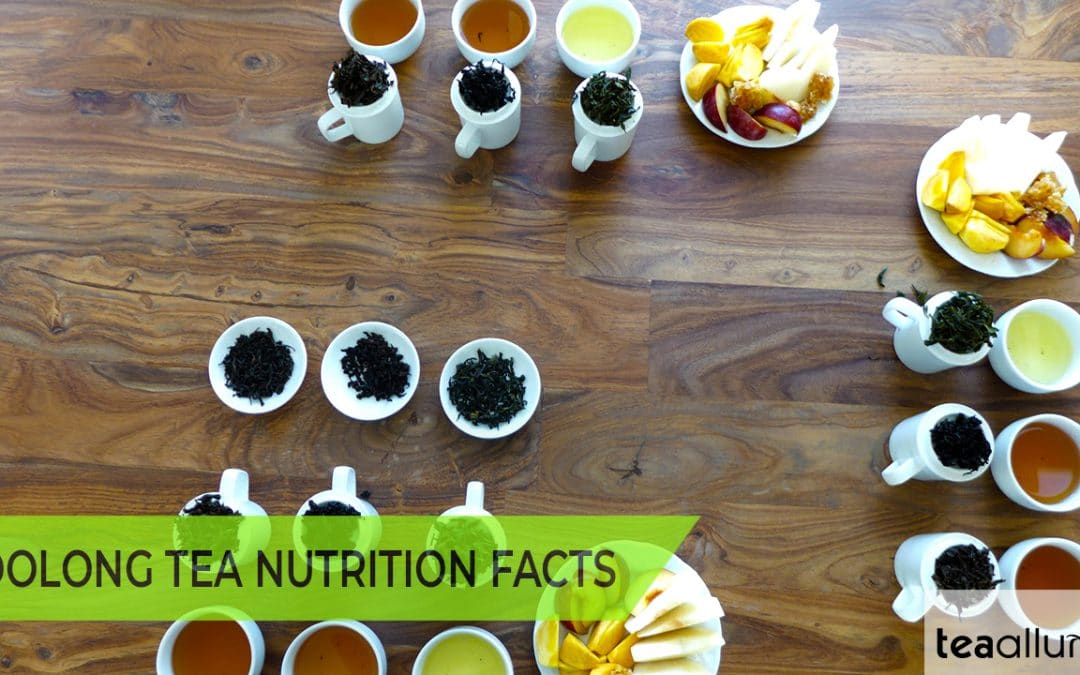
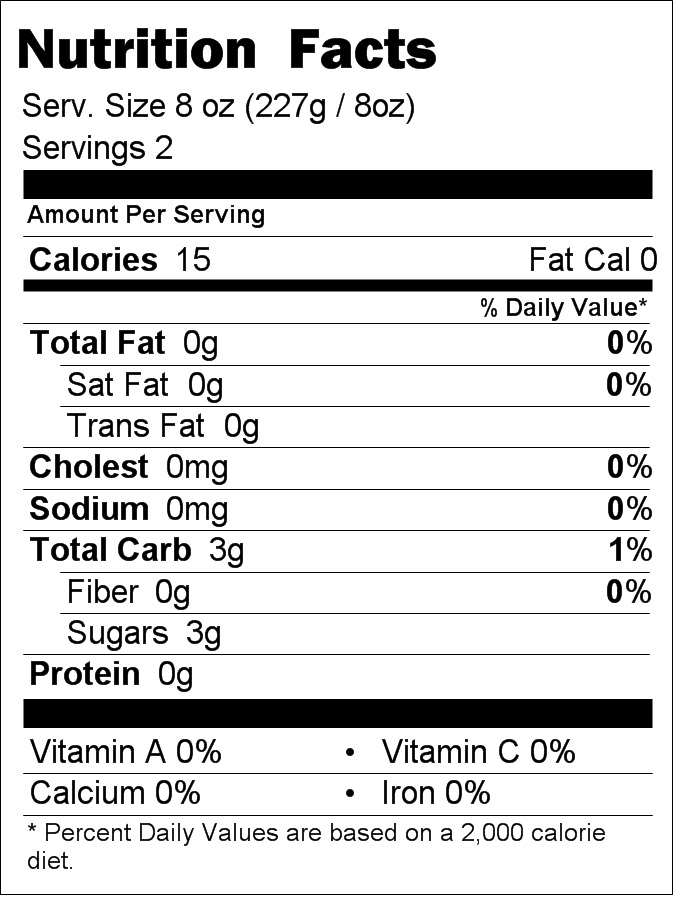
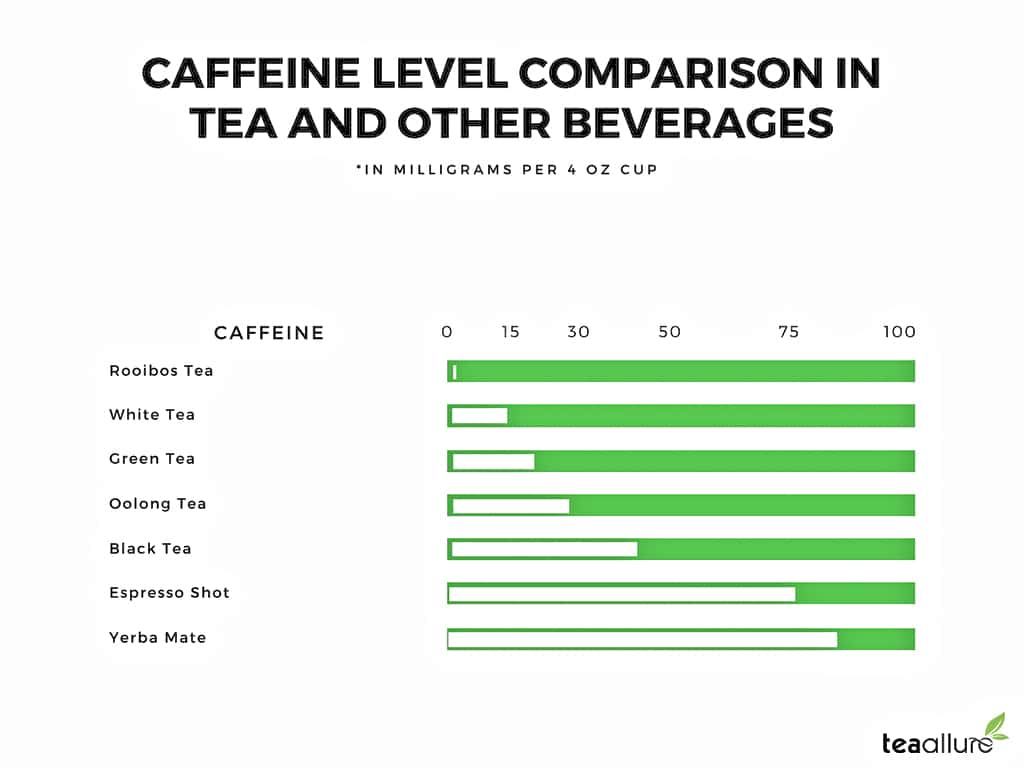
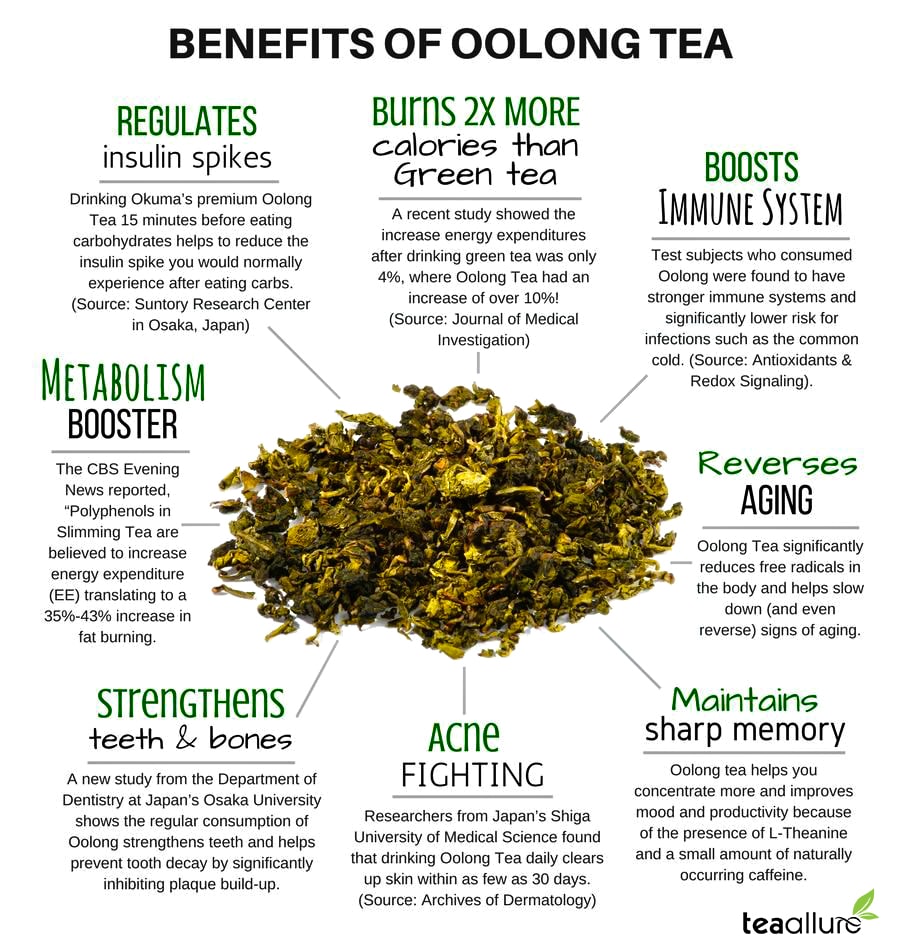
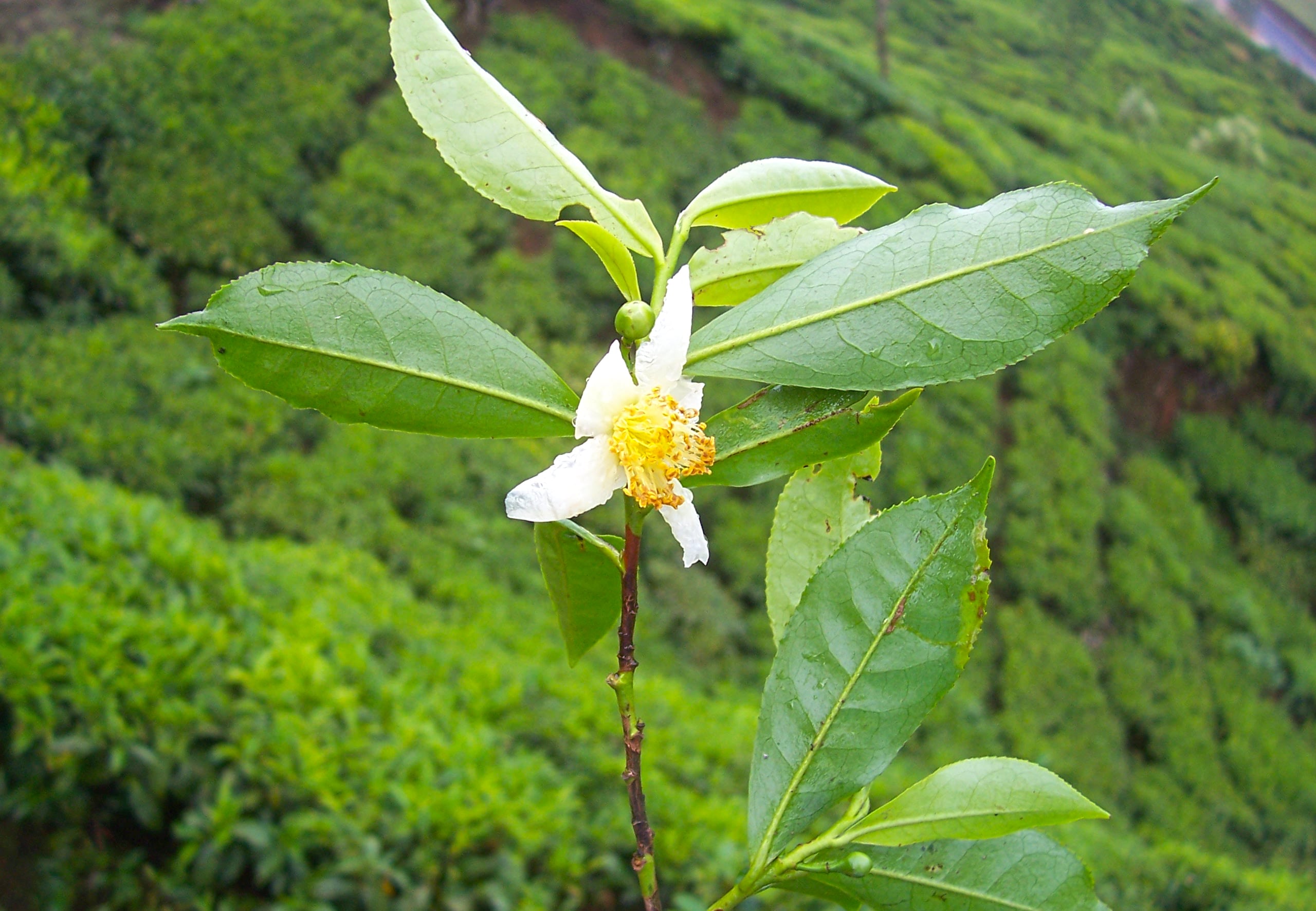
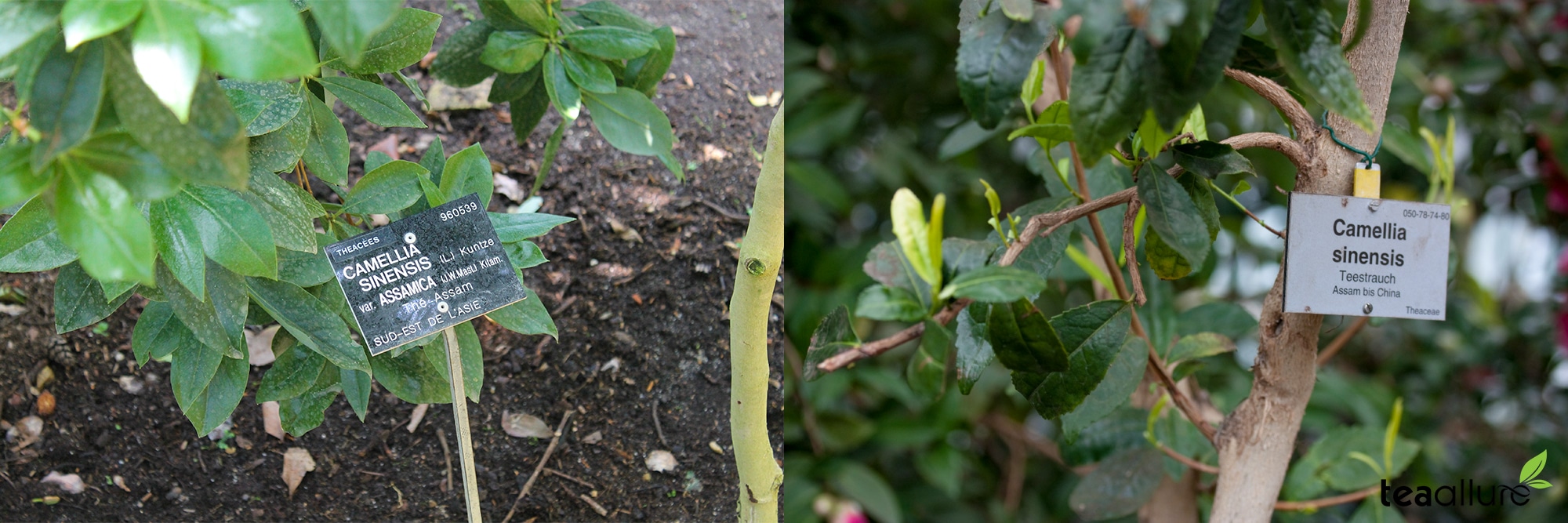
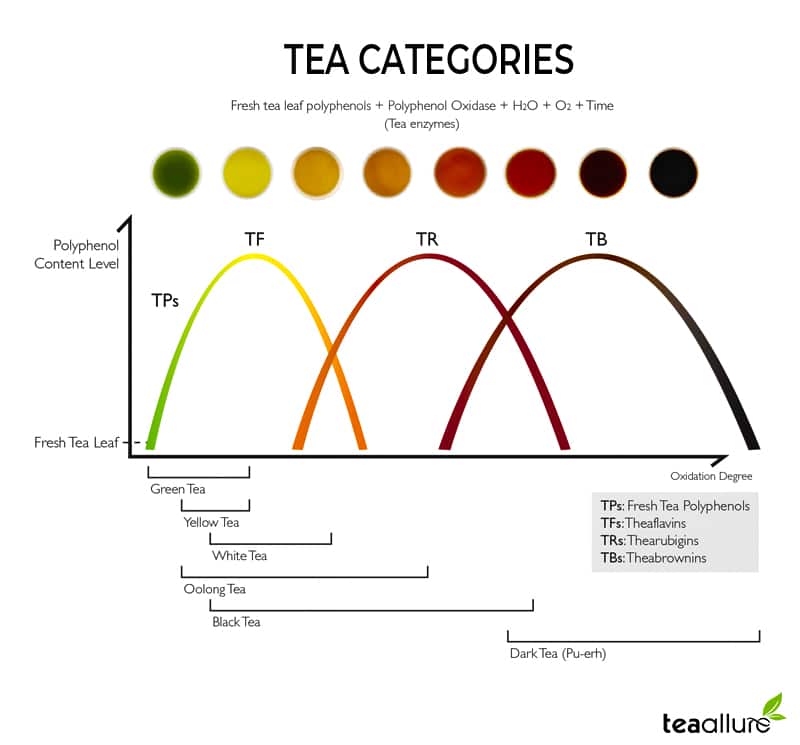
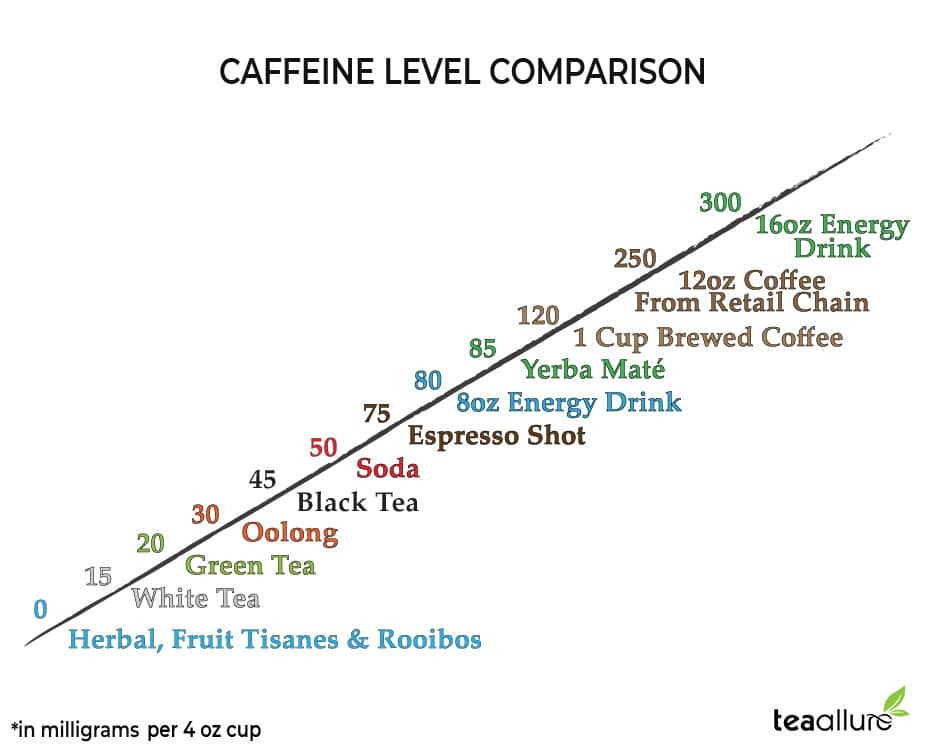
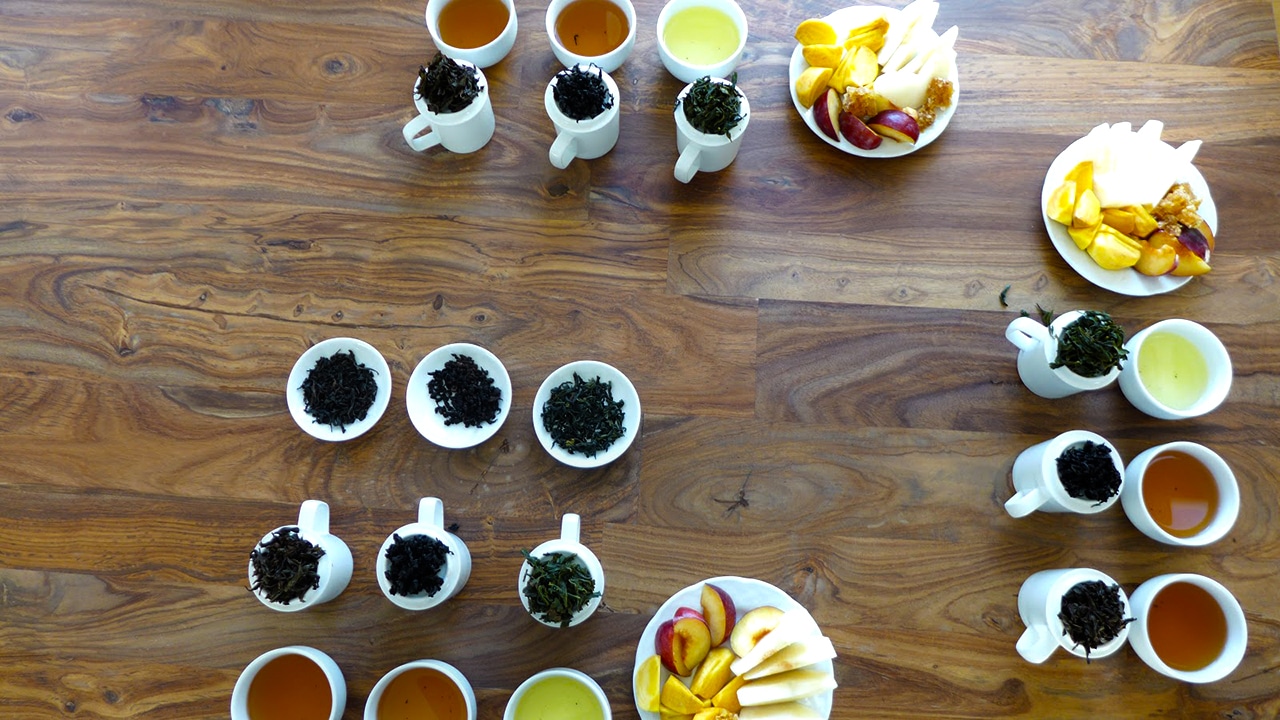
 Hi, my name is Abigail Bradley, founder of TeaAllure. Tea is my passion, and this blog is dedicated to provide all the information for this marvelous gift of nature.
Hi, my name is Abigail Bradley, founder of TeaAllure. Tea is my passion, and this blog is dedicated to provide all the information for this marvelous gift of nature.